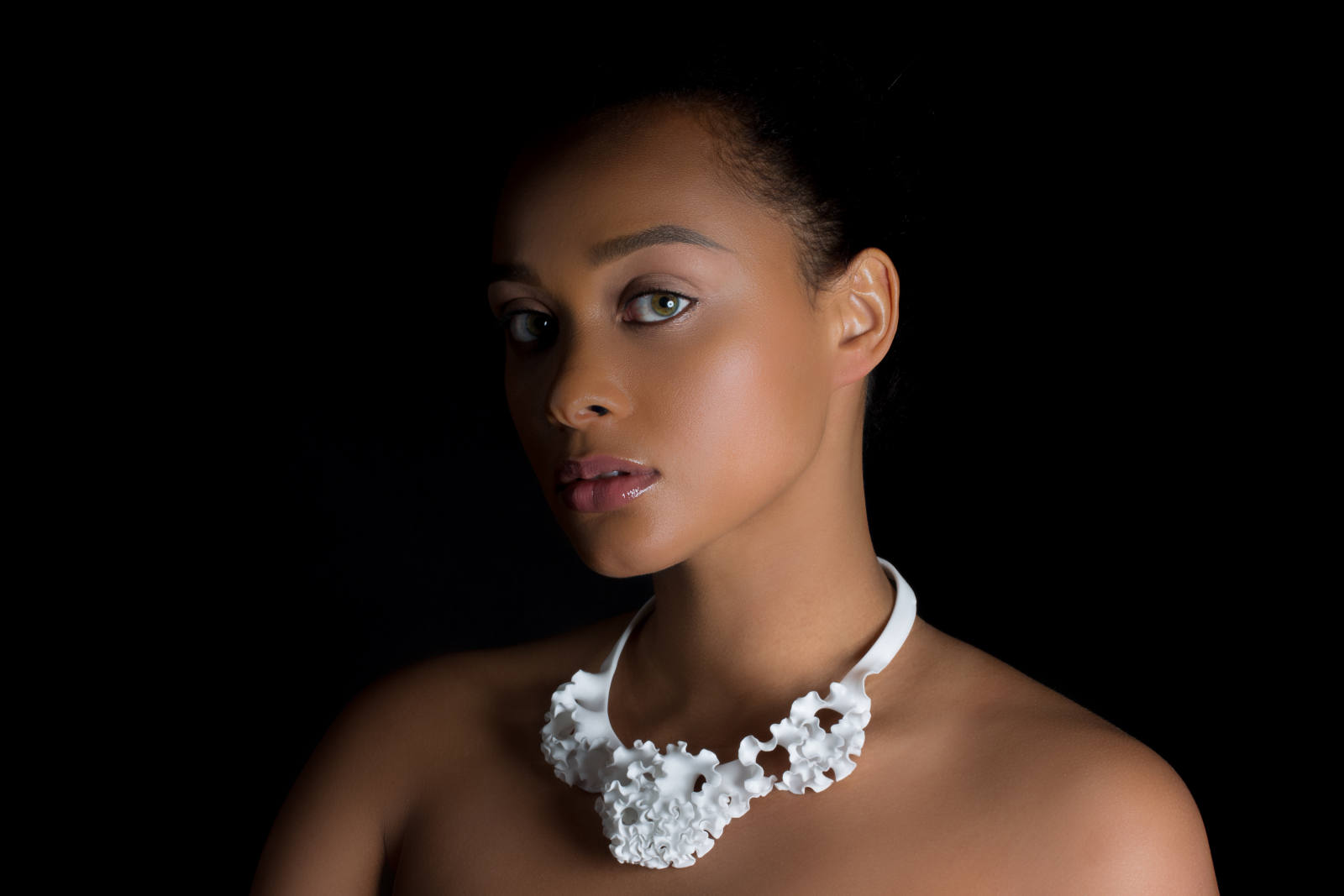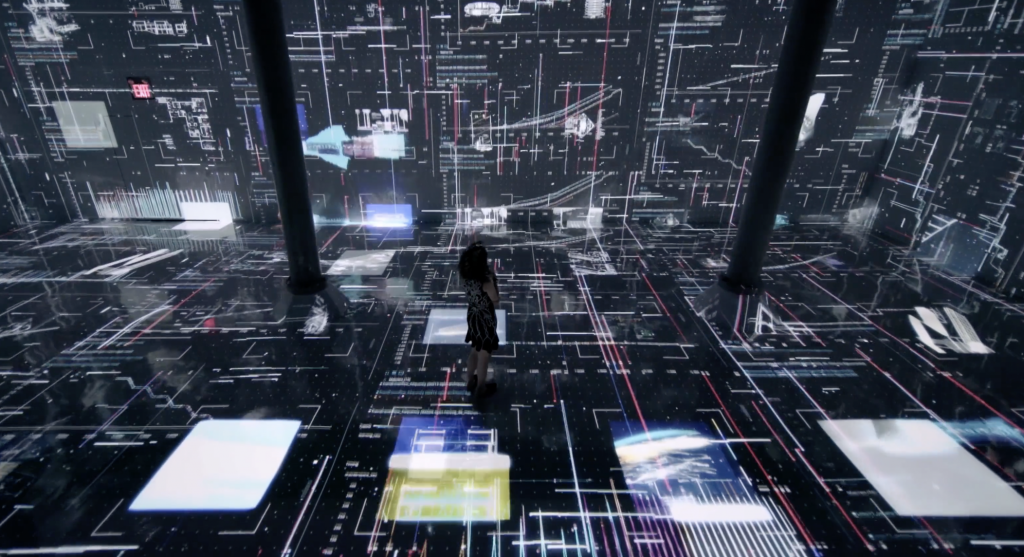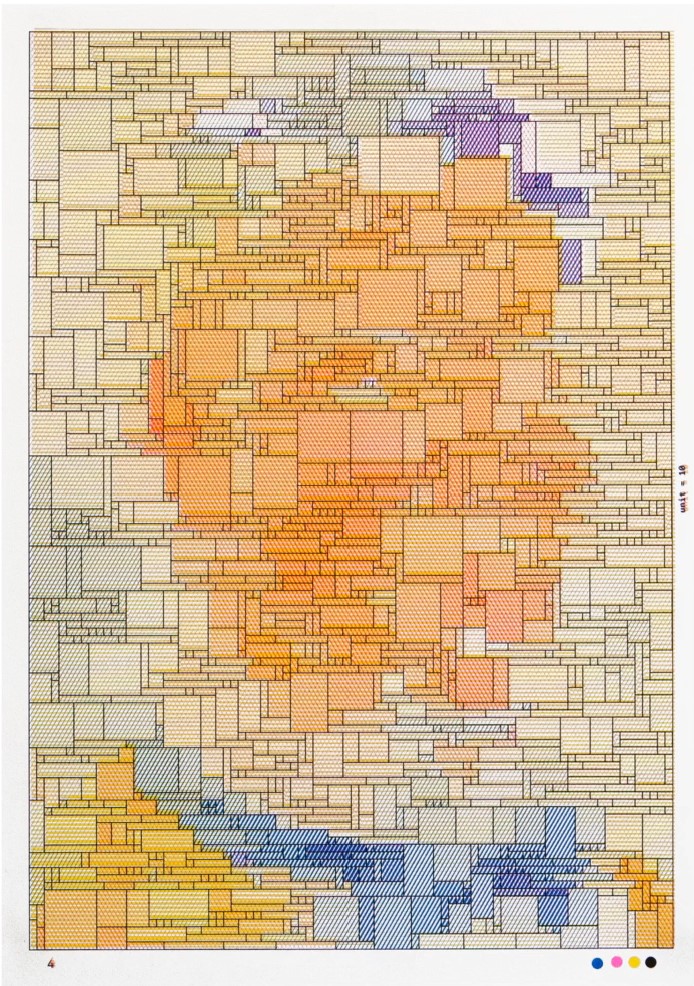The work I have looked at this week is called “nQbitor” or “Incubator.” It’s a program created by Mario Klingemann that generates 8-bit tones and imagery from a single line formula. I really appreciate the fact that such intricate designs can be created from a single formula when put into a program. The formula itself seems to be a large number of binary operations on numbers. The result is then presumably put into a tone and image generator, creating the end result. It seems as though the artist has an interest in sound design based on mathematical formulas, given the nature of this project. He understands that semi-random generation does not always lead to good results and accepts that with this generation there will be the need to make multiple attempts. Random generation can yield truly interesting results when given enough time, which is something that I appreciate, and something I hope this program’s author appreciates as well.
Category: LookingOutwards-02
Procedural Lantern

Robert Hodgin is a generative artist who creates both 2D data visualizations and immersive 3D terrains in Houdini. One project that showcases his talents in a unique way is his procedurally generated Akari Lanterns. In wanting to get better at procedural modeling, Hodgin created an algorithm in Houdini that created the geometry, mesh, and hardware for each lantern. As a product designer, I am fascinated by different methods to create form. I have only dabbled in virtual 3D form, but after seeing this project, I would love to explore the world of procedural modeling. This does not seem to use any “traditional” method of programming, but I know that he used a node/module based system to create the algorithm to make the polygons. Robert Hodgin received a degree in ceramics from RISD, and it is apparent that he values the form of objects.
LO-02 (generative art)

Nervous System is a design project by Jessica Rosenkrantz and Jesse Louis-Rosenberg that uses “generative systems, 3D printing, and webGL” to create different household and jewelry products. The randomly generated patterns they use are produced by 2 simulation systems Xylem and Hyphae. Xylem generates 2D patterns and was built using Processing while Hyphae generates 3D patterns and was built using C##. Through the software they produced, people are able to create their own variation of the patterns within a product they’re interested in and have it 3D printed. I like that they give people the opportunity to be more involved in the designing of their products. I also like that they drew inspiration from nature because they were able to create structurally and texturally unique patterns not normally seen in jewelry or home decor. The only critique I have for the products are that some of the products that they apply their patterns onto are fairly generic in form. The dresses they show as well and some of the lamps and cups have very simple silhouettes. It’d be interesting to see if they could make forms for those types of products that looked less uniform and more natural like the patterns.
LO-02 (generative art)
The inspirational work for me this week was definitely Weird Faces by Moka. Previous to being exposed to this work, I always assumed computer generated art to have a certain aesthetic such as hard clean lines, or hyper data driven simulations. However, mokas delicacy and deconstructing his own style and recreating it through a series of algorithms seems to blend that line between computation and art for me. I suppose the algorithms have to somehow mimic the way his hand flows and decides on the shape of the faces as well as the style for the rest of the face. The styles I’m assuming he codes a couple simple algorithms and lets a random generator mix and match various “designs” together to create new ones. In this case, Moka’s artistic sensibilities directly show on the board through the algorithms directly dissecting and recreating his style in a new way.
Looking Outwards: 2
Artist: LIA
Project: Four Seasons – Spring
While LIA is typically known for her monochromatic works, she created this ‘Spring’ work as a part of her 4 part seasons series, and uses colors and generative forms to simulate abstract buds that bloom into new growth in the Spring. As her most colorful work created in over a decade, the artist transforms her ideas and themes of spring into a computationally produced work containing repeating and moving forms. These abstract buds are produced randomly all across the “canvas”, with the color gradients and buds also randomly overlapping on top of each other. Each bud appears on the page, then goes through the movement of “budding”, which eventually ends and triggers another bud to appear somewhere else on the page, forming a never ending loop of randomly produced colors and shapes on the canvas.
Looking Outwards 02 – Generative Art
One of the pieces of generative art that I found most interesting was a series
by Paul Prudence entitled “Daub”. I really like these prints because they are made from a semi-automatic painting function, yet the result seems almost infinitely complex; not just in the potential complexity of the program, but in the individual images themselves. Prudence also shows that the program is flexible enough to generate a variety of silhouettes in the series by changing the way the silhouette is formed on the print “Oriol”. These were made using footage of Ferrofluids, which would not be completely obvious at first thought but certainly seems a good starting point to create shapes like these. This work is a bit different than many of the other visual generative works that Prudence has done, as this one is almost fractal-like, while many of his other works are much cleaner and often generative videos instead of prints.

LO 2 – Generative Art
Machine Hallucinations by Refik Anadol is a generated art projection that uses AI to compile 10 million images of New York online. The machine uses these images to generate moving, shifting images to represent the lifetime of the city. I admire how organic the final film looks, while it interprets the real, dynamic landscape of New York. It reflects the memories of a breathing city and how we may remember the city in our own memories. The artist utilized an entire archive of images to create an output that looks like an alternative reality. Anadol’s works utilizes data to generate mesmerizing, colorful, and harmonic sculptures. His work starts with a simple question of how people and machines can remember their environment and its patterns, to create a hallucinative image.

LO2
My choice of computational artist is one of my design professors, Kyuha (Q) Shim. The project I am focusing on for this LO is “Raster”. The images produced in this project are all abstracted versions of previously determined artifacts found during his residency at Frans Masereel Centrum. I chose this project to focus on because it initially seems like simple rasterization of images since the images aren’t so far abstracted that Q’s images are unrecognizable from the original images, however after learning about the program that was applied to create the final pieces, there is a new level of appreciation in the medium, process, and effort put in to consistently transform a set of images.
In the overview of the project, it is explained that a raster lens is applied, and color data from the image dictates the shape of the cells based on a predetermined set of rules. After determining the cells, the balances and relationships between CMYK(primary colors used in print) and considered before being overprinted. The program creates tension within the images by pushing the abstraction of the artifact by manipulation of the resolutions of the grids within the image through a defined range of values. Q also randomizes values within certain parameters to create a consistent set of possible variations as the computer shuffles values to figure out the ideal image.
Since Q is the creator of the program, his sense of artistry was put into the code when he decided what parameters and limitations were appropriate to transform the images.
LO-02-GenerativeArt
LO-week02-generative art
I looked at French artist Miguel Chevalier’ work MAGIC CARPET.
The point which surprises me most is his combination of modern and abstract art with real-time interaction. A lot of the time, modern art seems very indifferent and far away from the audience. Without deep explanation, it would be too hard for the audience to embrace the essence of the artwork.
In Miguel Chevalier’s art, he interprets his artwork as a carpet and also presents it as a carpet. When the audience holds sensors into the place, the carpet can detect its location and change accordingly.
I think he first uses some variables to control how the computer generates similar but different patterns. Then put a trigger for the sensor. When the sensor has been detected, the trigger wakes up some more variables to change the patterns around the sensor’s surroundings.
I guess he uses some variables to control the direction, size, density and shape of the pixels it generated.
Miguel CHEVALIER “Magic Carpets 2016” Milton Keynes (UK) from Claude Mossessian on Vimeo.
https://www.vice.com/en_uk/article/gvwekj/chevalier-magic-carpet-in-england
LO2

Michael Hansmeyer’s Muqarna Mutation installation at the Mori Art Museum is a striking piece which I found especially intricate and beautiful. Amongst the chaos which seems to take over the space, there is a sense of order and flow. As an architecture student, I enjoyed this piece because it explores the breadth of design ideas that can come from computational tools, as well as exemplifying how systems can be established and expanded from a very simple initial idea.
Hansmeyer is an architect, as well, who utilizes generative design as a way of rethinking design and its purpose. A big part of his process are the “happy accidents” that come along, ideas that usually take longer to discover. I think that being able to maximize new ideas because of the tools used, is something that is super fascinating.
The algorithmic composition in this project focuses on the designs of muqarna ceiling plans. It utilizes a “selective subdivision algorithm to generate and successively refine these plans”. Essentially, the project started with simply two contour lines outlining the space, then the algorithm subdivides the space into tiles, creating a rather complex grid system. This algorithm is layered on top to create the different levels and layers which can be seen in his project.
Hansmeyer’s artistic abilities are manifested in this piece very evidently. As an architect, maintaining and following a clear set of rules and system is key in creating a new design. More importantly, being able to abstract and develop the systems into layered and purposeful ideas becomes a challenge which many face in the design process. This project is a great example of being able to remain within the bounds of the system while creating an elaborate design.
![[OLD FALL 2020] 15-104 • Introduction to Computing for Creative Practice](../../../../wp-content/uploads/2021/09/stop-banner.png)
